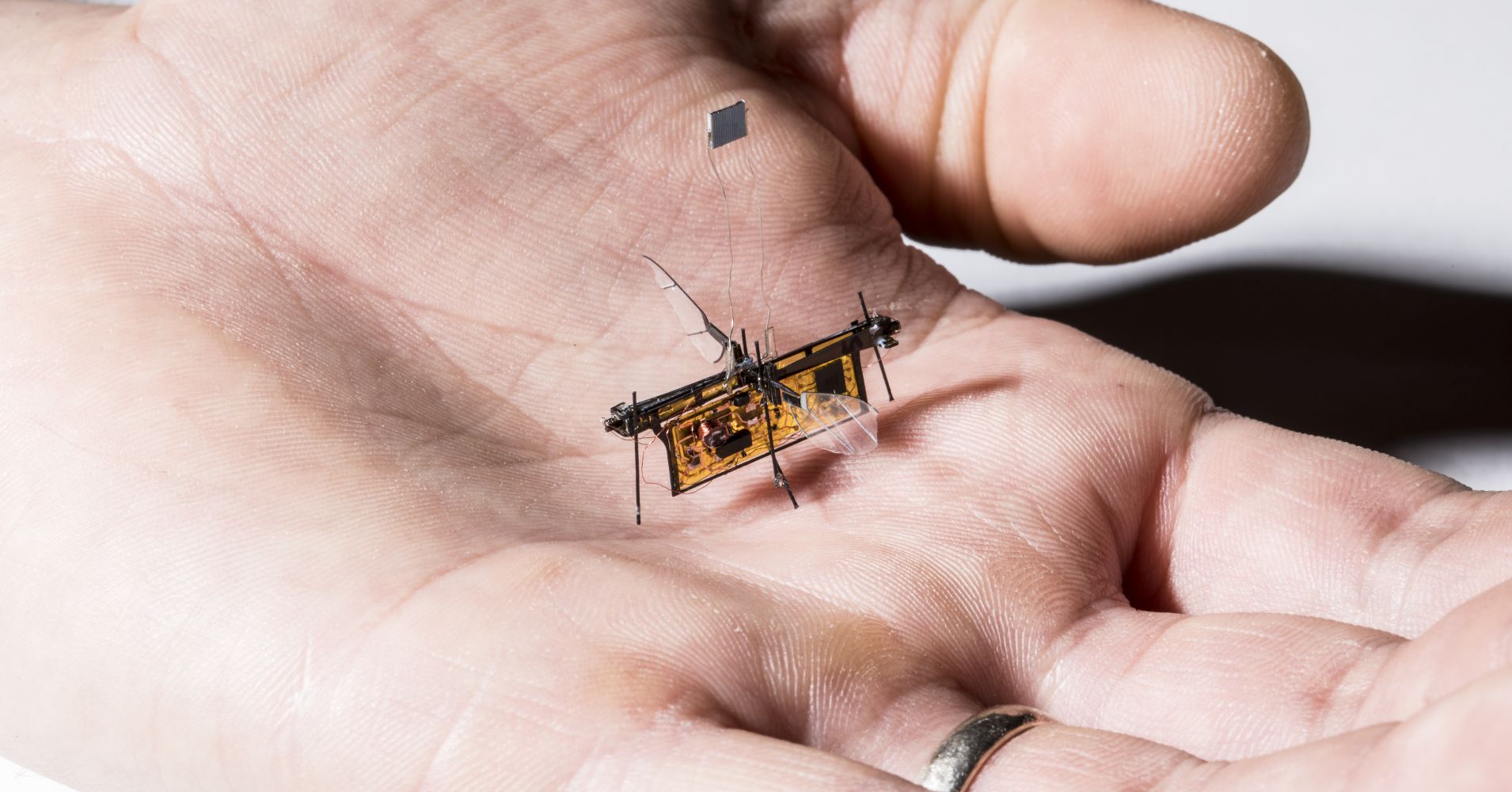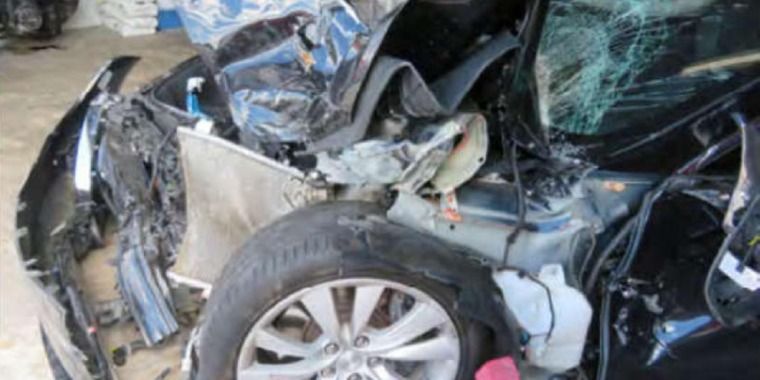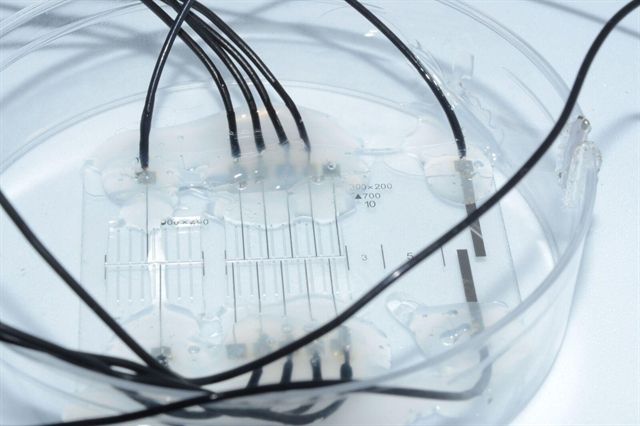Page 9344
Nov 3, 2018
Ray Kurzweil Featured on The News in 1989
Posted by Shailesh Prasad in categories: futurism, Ray Kurzweil
Nov 3, 2018
How Did People Wake Up Before Alarm Clocks?
Posted by Genevieve Klien in category: futurism
Without alarm clocks, most of us would oversleep every day. So, how did humans wake up before they were invented?
Nov 3, 2018
College Athlete Dies of Rare Bacterial Illness Called ‘Forgotten Disease’
Posted by Genevieve Klien in category: biotech/medical
A college student-athlete in Kansas died suddenly from a rare bacterial infection after thinking her symptoms were due to tonsillitis, according to news reports.
The 23-year-old, Samantha Scott, was a top coxswain on the rowing team at Kansas State University, according to a statement from the university. But about two weeks ago, she started to feel unwell.
Initially, it was thought that Scott had tonsillitis, or inflammation of the tonsils, according to local news outlet KDVR. Tonsillitis can cause symptoms such as sore throat, fever and pain when swallowing. But Scott had actually developed an illness called Lemierre syndrome, a condition that’s so rare it was referred to as “all-but-forgotten disease” in a 2006 report of a similar case. [27 Oddest Medical Cases].
Continue reading “College Athlete Dies of Rare Bacterial Illness Called ‘Forgotten Disease’” »
Nov 3, 2018
Friends to the end? Social cues cause fish to delay survival tactic
Posted by Xavier Rosseel in category: futurism
Have some patience until someone takes the lead, and let’s sing some hakuna matata in the mean time.
Getting into trouble after succumbing to peer pressure isn’t just a human experience.
New research co-led by Brock University shows that a particular species of tropical, air-breathing fish that can survive for weeks on land will delay escaping from hot water if it thinks one of its peers is nearby.
Continue reading “Friends to the end? Social cues cause fish to delay survival tactic” »
Nov 3, 2018
Slightly heavier than a toothpick, the first wireless insect-size robot takes flight
Posted by Shailesh Prasad in categories: drones, government, military, robotics/AI
With the rapid advances in drone technology spanning the 20th century, it should come as no surprise that miniature flying robots are on the horizon: Between now and 2020, Goldman Sachs’ forecasts a $100 billion market opportunity for drones, helped by growing demand from the commercial and civil government sectors.
What is surprising is that it has taken researchers more than two decades to finally come up with a fully autonomous version. That’s because the electronics needed to power and control the wings were so heavy that, until now, flying robotic insects had to be tethered to a wire attached to an external power source.
Yet a team of engineers at the University of Washington, led by assistant professor Sawyer Fuller, were able to figure it out. Relying on funding from UW, they created RoboFly, a robo-insect powered by an invisible laser beam that is pointed at a photovoltaic cell, which is attached above the robot and converts the laser light into enough electricity to operate its wings.
So does our Milky Way galaxy—although these bubbles might be a little bigger than what you’re used to. Two bubbles, each 25,000 light-years tall, are extending above and below the disk of the galaxy like the two halves of an hourglass. Discover possible explanations for these bubbles:
Nov 3, 2018
Another Tesla with Autopilot crashed into a stationary object—the driver is suing
Posted by Michael Lance in categories: robotics/AI, sustainability, transportation
To be fair to Tesla, this problem isn’t unique to the company. Most emergency braking systems on the market today won’t stop for stationary objects at freeway speeds. These systems are not sophisticated enough to distinguish a stationary object on the road from one that’s next to or above the road. So to make the problem easier to handle, the cars may just ignore stationary objects, assuming that the driver will steer around them.
Florida man says Tesla oversold Autopilot’s capabilities.
Nov 3, 2018
Nerve-on-a-Chip Makes Neuroprosthetics Possible
Posted by Klaus Baldauf in categories: biotech/medical, cyborgs, neuroscience
Neuroprosthetics are implants that contain an arrangement of multi-contact electrodes capable of substituting for certain nerve functionalities in the human body. This technology has the potential to work wonders for people who have been injured or paralyzed, able to restore the sense of touch for amputees, help someone who has been paralyzed to walk again by stimulating their spinal cords, or silence the nerve activity of people suffering from chronic pain. This would provide many people with a greater degree of mobility, functionality, and a higher overall quality of life.
Stimulating nerves at the right place and the right time is essential for implementing effective treatments, but remains a challenge due to implants’ inability to record neural activity precisely. “Our brain sends and receives millions of nerve impulses, but we typically implant only about a dozen electrodes in patients. This type of interface often doesn’t have the resolution necessary to match the complex patterns of information exchange in a patient’s nervous system,” says Sandra Gribi, a PhD student at the Bertarelli Foundation Chair in Neuroprosthetic Technology.


















